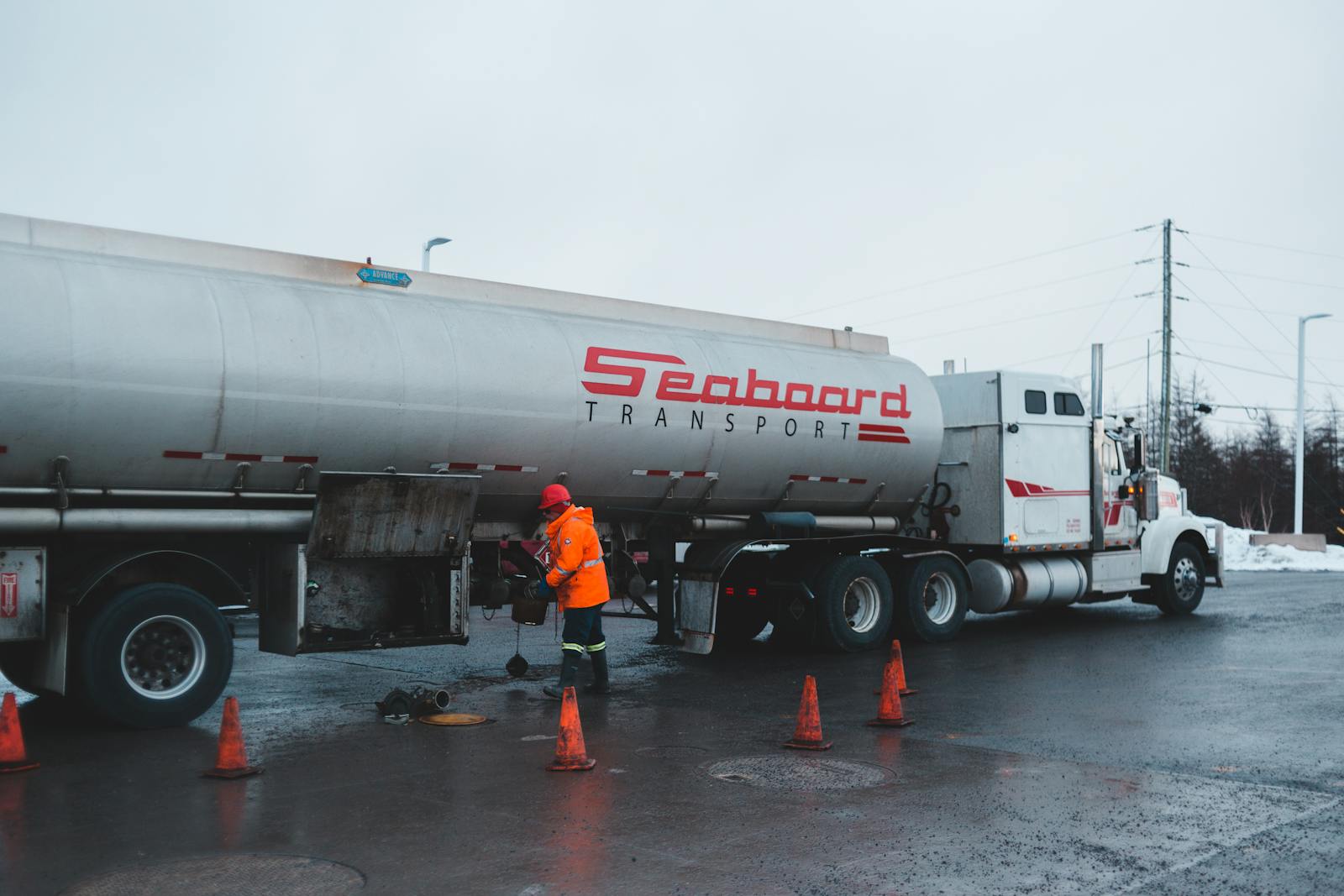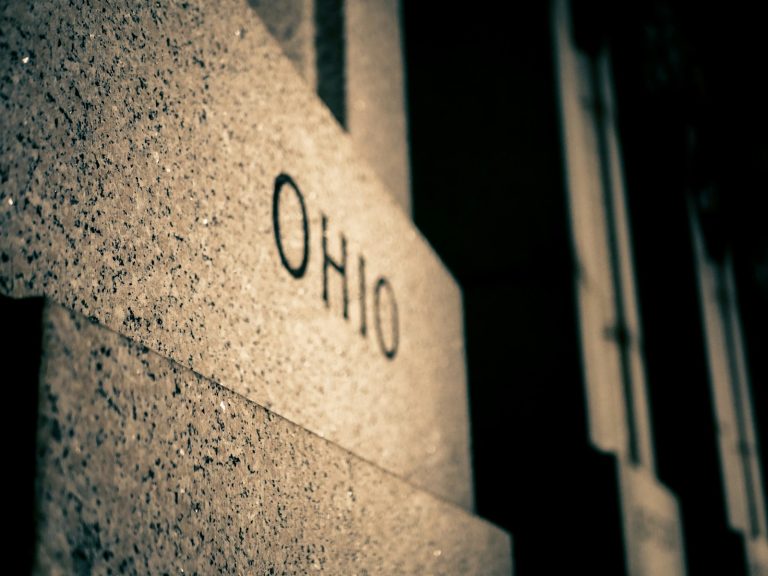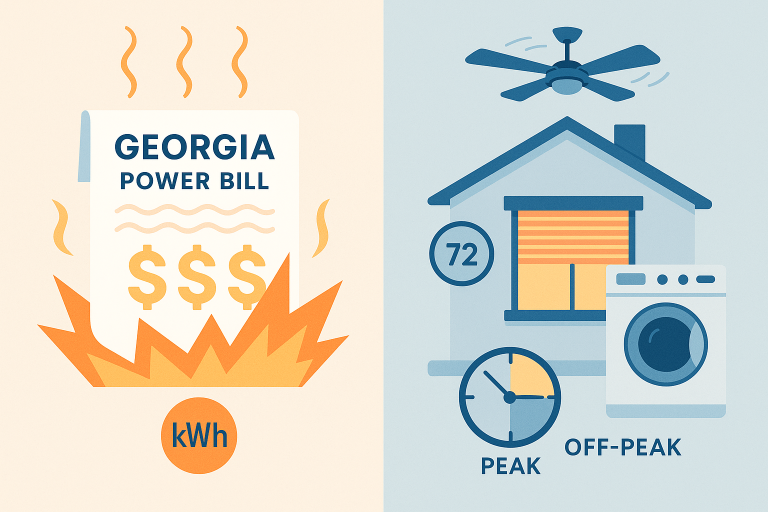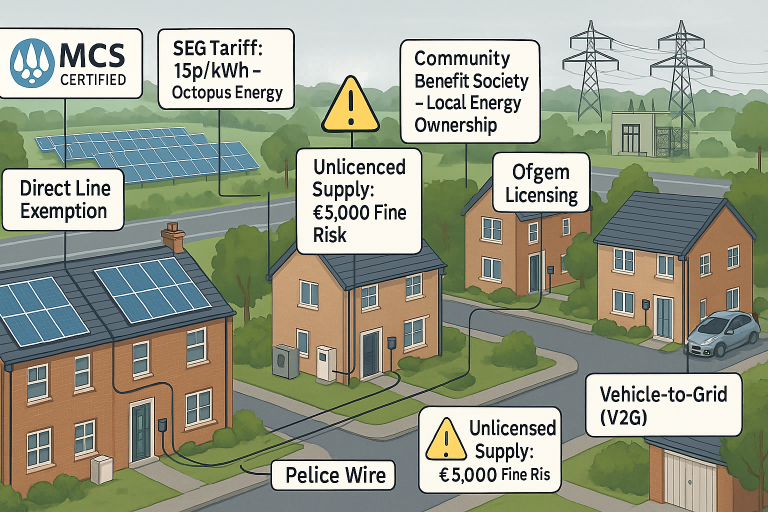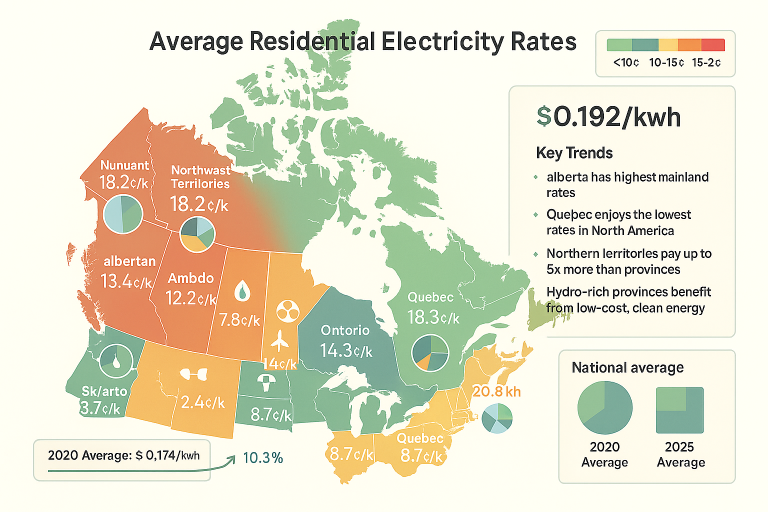Why Fuel Tankers Are Cylindrical – The Physics of Liquid Transport
If you’ve ever driven on a highway or watched the world roll by from the window of a train, you’ve probably noticed them — those long, gleaming metallic tubes gliding along the roadways like mobile monoliths. They’re fuel tankers, and they are everywhere. But have you ever stopped to wonder why nearly all of them are shaped the same? Why are fuel tankers cylindrical?
It’s not just a matter of design preference or tradition. The cylindrical shape is a deliberate and deeply scientific choice — one that marries physics, engineering, mechanics, and economics into a single, elegant solution. Let’s dive deep into the science behind this seemingly simple form.
1. Taming Internal Pressure: The Power of the Curve
At the heart of the matter lies pressure — both static and dynamic — and how it behaves within liquids.
Liquids Exert Pressure in All Directions
Unlike solids, which hold their shape and distribute weight predictably, liquids conform to the shape of their container and exert pressure equally in all directions. This principle, known as Pascal’s Law, means that every square inch of a tanker’s interior wall must be prepared to resist forces trying to push outward.
Even when stationary, the weight of the liquid creates significant hydrostatic pressure, especially at the bottom of the tank. During acceleration, braking, or turning, hydrodynamic forces come into play, creating surges that can place enormous stress on the tank structure.
Flat Walls Are Inherently Weak Under Pressure
Imagine a rectangular tank filled with fuel. Under internal pressure, flat walls tend to bulge outward. To prevent failure, these tanks would require extensive reinforcement — thick steel plates, cross-beams, stiffeners — all adding unnecessary weight and complexity.
This makes flat-sided tanks structurally inefficient for containing pressurized liquids.
Cylinders Are Nature’s Pressure-Resistant Shape
A cylinder, on the other hand, is a marvel of structural efficiency. Its curved surface naturally distributes pressure evenly across its surface, making it ideal for resisting both internal and external forces.
Hoop Stress Optimization
When pressure acts inside a cylinder, it generates what’s called hoop stress — a circumferential tension force that tries to split the tank open along its length. Because of the curvature, this force is spread out uniformly around the tank’s circumference.
Metals like steel are particularly strong under tension, meaning the material can be thinner while still maintaining high strength. This results in a lighter, more efficient structure compared to flat-walled alternatives.
Minimal Bending Stress
Curved surfaces also experience less bending stress than flat panels. In a flat plate under pressure, the center bends outward, concentrating stress at certain points. In a cylinder, the load is distributed through the curve, minimizing localized weakness.
Material Efficiency = Cost Efficiency
Because the cylindrical shape inherently resists pressure so well, manufacturers can use less material without compromising safety. This reduces the overall weight of the tanker, allowing more fuel to be carried per trip — a major economic advantage in the transportation industry.
2. Controlling the Chaos: Sloshing and Stability
One of the biggest challenges in transporting liquids is their tendency to move unpredictably — a phenomenon known as sloshing.
Sloshing Can Be Dangerous
As a tanker accelerates, decelerates, or turns, the liquid inside continues moving due to inertia. This sloshing can:
- Shift the vehicle’s center of gravity.
- Increase rollover risk.
- Make steering unpredictable.
- Stress the tank mounts and trailer frame.
In extreme cases, uncontrolled sloshing can even cause accidents.
Cylinders Help Manage Longitudinal Movement
Most fuel tankers are designed with their cylindrical axis aligned longitudinally — that is, parallel to the direction of travel. This orientation helps mitigate the most dangerous type of sloshing: side-to-side movement.
While longitudinal surges (front-to-back) still occur, they are easier to manage and less destabilizing than lateral ones. Additionally, the curved sides help absorb some of the kinetic energy of the liquid, reducing the impact force compared to flat walls.
Baffles: A Perfect Match for Cylindrical Tanks
To further control sloshing, engineers install baffles — internal partitions that divide the tank into smaller compartments. These baffles restrict the free flow of liquid, breaking up large waves into smaller, less energetic movements.
Cylindrical tanks are uniquely suited for baffles because:
- Their uniform shape allows baffles to be easily welded or installed.
- Curved geometry simplifies the sealing of baffled sections.
- Baffles work best in symmetrical, predictable spaces — something cylinders provide.
Without baffles, even a cylindrical tank might struggle with uncontrolled sloshing. Together, they create a system that maximizes stability and driver control.
3. Defending Against External Forces
Fuel tankers don’t only deal with internal pressure — they must also withstand a variety of external stresses.
Vacuum Effects During Unloading
When fuel is pumped out of the tank, a partial vacuum can form inside. If not properly managed, this vacuum can collapse the tank inward.
Cylindrical tanks excel here too. Just as they resist outward pressure from the inside, their curved walls are also resistant to inward buckling caused by vacuum conditions. Flat panels, by contrast, are much more prone to collapsing under such forces.
Impact Resistance and Rollover Safety
In the event of an accident, the smooth, rounded surface of a cylindrical tank offers several advantages:
- It is less likely to snag on obstacles during a rollover.
- Its inherent structural rigidity helps resist deformation.
- The lack of sharp corners reduces the chance of punctures or tears.
While modern tankers are equipped with additional safety systems (like rollover protection frames and reinforced ends), the cylindrical shape remains a fundamental contributor to crash resilience.
4. Practicality Meets Performance: Manufacturing and Maintenance Benefits
Beyond physics and safety, the cylindrical shape also wins in terms of practical considerations.
Ease of Manufacturing
Cylindrical tanks are relatively simple to construct using standard industrial techniques:
- Steel plates are rolled into curved sections.
- Longitudinal seams can be welded efficiently using automated processes.
- End caps (usually elliptical or hemispherical) are straightforward to attach.
These manufacturing efficiencies translate into lower costs and higher reliability.
Fewer Weak Points, Less Maintenance
Cylindrical tanks have fewer joints and welds compared to polygonal designs. This means fewer potential weak points and a reduced likelihood of leaks or corrosion over time.
Additionally, the smooth interior surface:
- Makes cleaning easier and more thorough.
- Prevents residue buildup in corners.
- Facilitates inspection for wear or damage.
This is especially important when tankers switch between different types of cargo — for example, from diesel to food-grade oils — where contamination must be avoided at all costs.
Maximizing Volume Within Constraints
For a given width (which is often limited by road regulations), a cylinder provides the maximum possible internal volume. Rectangular shapes, while offering more corner space, suffer from inefficiencies due to dead zones in the corners and increased material usage.
This geometric efficiency ensures that each trip delivers the most fuel possible within legal size limits.
5. Are There Exceptions? When Cylinders Don’t Rule
While cylindrical tankers dominate the landscape, there are exceptions — usually dictated by specific needs or constraints.
Viscous or Low-Pressure Materials
Tankers carrying highly viscous materials (like asphalt, molasses, or heavy crude oil) may use rectangular or irregularly shaped tanks. Since these materials flow slowly, sloshing is less of a concern, and maximizing loading/unloading efficiency becomes more important.
Specialized High-Pressure or Cryogenic Applications
For gases stored under extremely high pressure (like Compressed Natural Gas or Liquefied Natural Gas), spherical or specialized insulated containers are preferred. Spheres offer even better pressure distribution than cylinders, but they are less suitable for road transport due to size and mounting constraints.
Some cryogenic tankers use isotanks — cylindrical tanks housed within protective cubic frames — combining the best of both worlds.
However, for the vast majority of liquid fuels transported by road — gasoline, diesel, jet fuel — the cylindrical shape remains the gold standard.
Engineering Perfection in Motion
The next time you see a cylindrical fuel tanker rolling down the highway, take a moment to appreciate the brilliance hidden beneath its sleek exterior. It’s not just a container — it’s a masterpiece of applied physics, a carefully optimized vessel born from centuries of mechanical understanding.
From the way it tames pressure with its curved walls, to the way it controls chaotic sloshing with clever baffling, to the way it balances strength, efficiency, and manufacturability — every aspect of its design serves a purpose.
The cylindrical fuel tanker is proof that sometimes, the simplest shape is the smartest one. It’s an elegant solution to a complex problem, quietly ensuring that the lifeblood of our economy flows safely and efficiently from point A to point B.
So the next time you pass one on the road, tip your hat — to the power of the curve.

